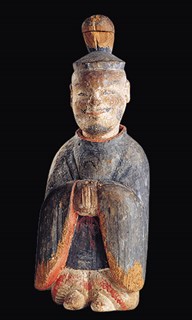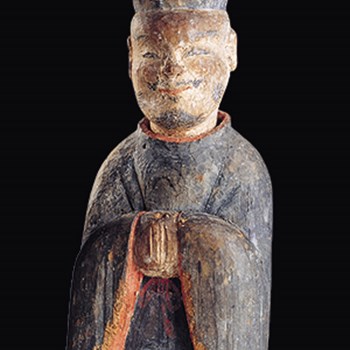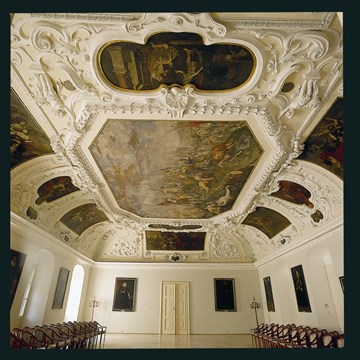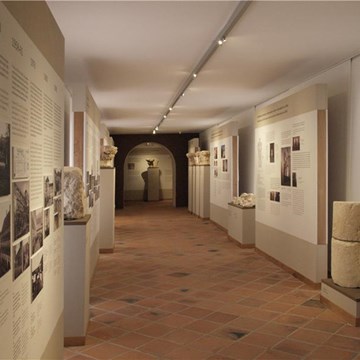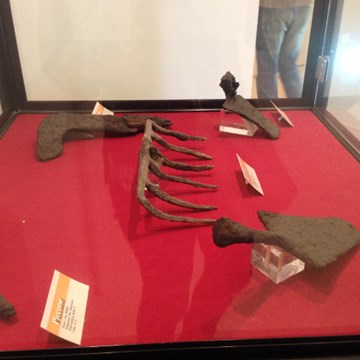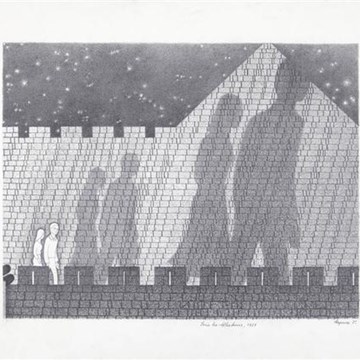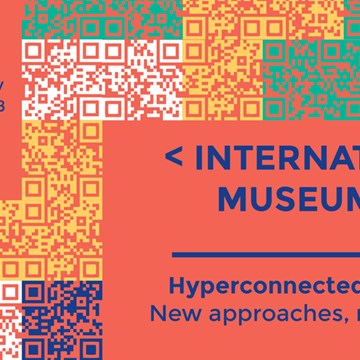The word “Shinto” is made up of two Chinese characters, “shen” and “tao,” used to express the Japanese phrase “Kami no michi,” or “the way of the Kami.” Shinto is a religious way of maintaining ongoing, favorable relationships with the Kami. “Kami” cannot be translated, though the term is close to “deity” or “spirit.” Kami refers to the innumerable sacred and natural forces that have shaped the world and continue to influence everyday life.
Elements of contemporary Shinto can be traced back thousands of years, to Japan’s prehistory. Shinto does not emphasize historical founding figures, sacred scriptures, or systematic doctrines. Rather, it honors nature, tradition and family, and purity. It thrives in the rituals that weave the powers of the Kami into the habits and concerns of the everyday life of the Japanese.
Throughout its history, Shinto has focused on concrete, practical needs, relating to the work and the fruits of the seasons. People turn to the Kami for good health, prosperity in business, the formation of a happy family, the growth of children, help in passing university examinations, safety in traffic, and the dispelling of bad luck. Shinto rituals restore ritual purity — the power and beauty of creation as it first appeared from the hands of the Kami — to both persons and things. Such well-being is linked to one’s relationship with nature, in which many Kami are manifest, and to one’s proper relationship in family, neighborhood, or other social networks, such as the workplace. During the 19th and 20th centuries, charismatic religious leaders shaped new religious movements within the Shinto framework, using Shinto ideas and practices.
The word “Shinto” is made up of two Chinese characters, “shen” and “tao,” used to express the Japanese phrase “Kami no michi,” or “the way of the Kami.” Shinto is a religious way of maintaining ongoing, favorable relationships with the Kami. “Kami” cannot be translated, though the term is close to “deity” or “spirit.” Kami refers to the innumerable sacred and natural forces that have shaped the world and continue to influence everyday life. Elements of contemporary Shinto can be traced...
Read more